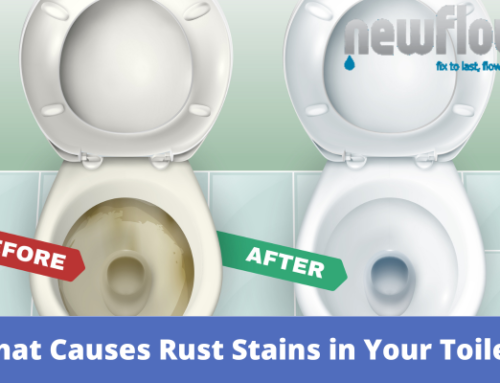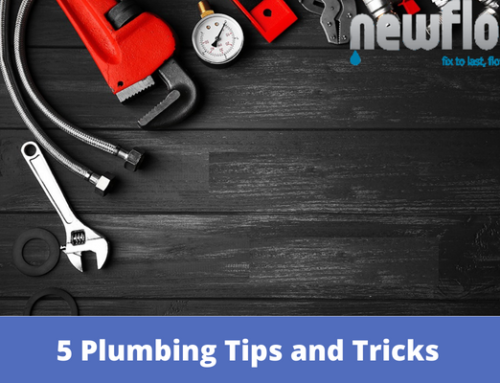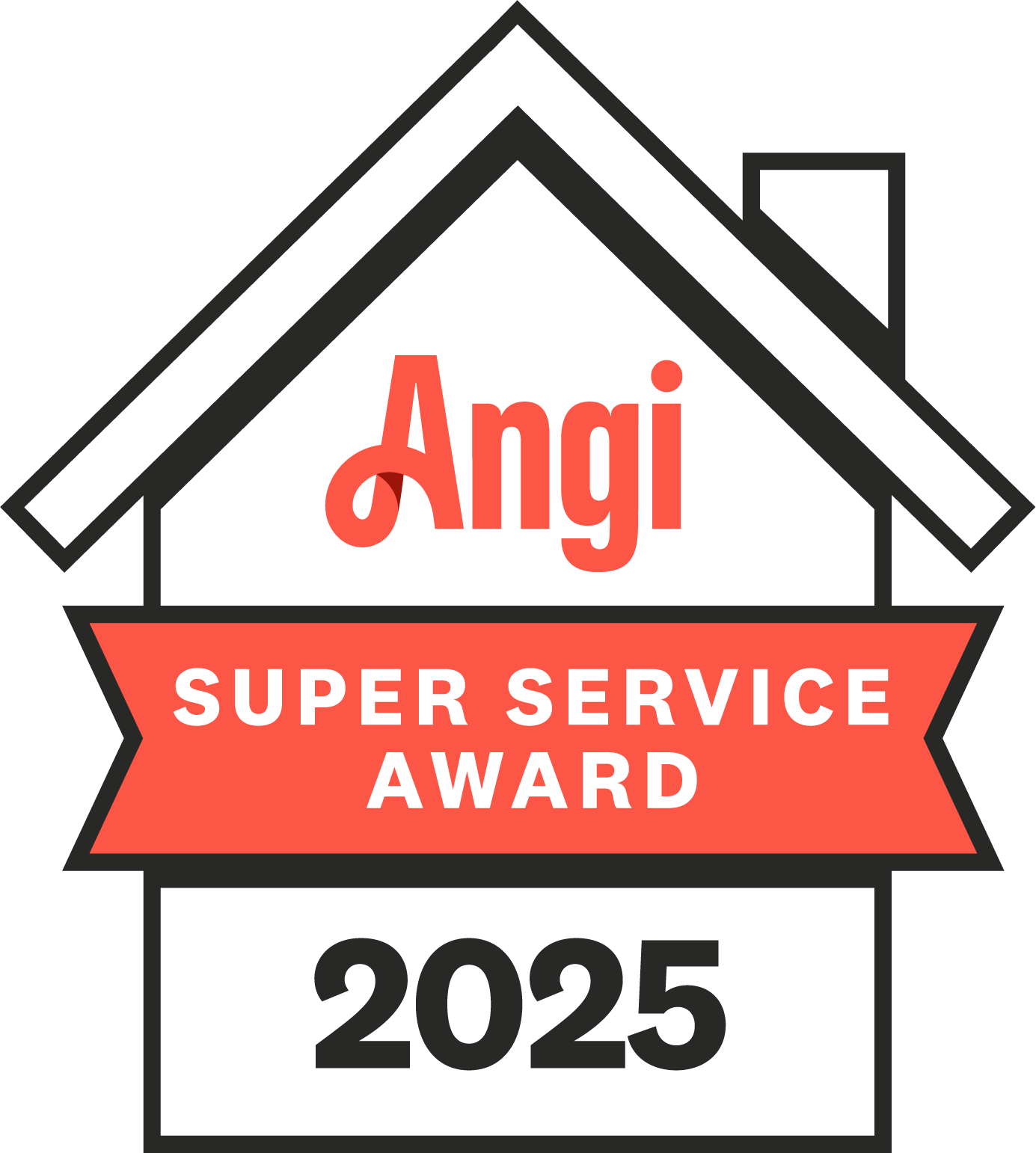A clogged bathtub drain can quickly turn your relaxing bath routine into a frustrating problem. Standing water, unpleasant odors, and slow drainage are all signs that something is blocking your drain. While it may seem like a small issue, ignoring it can lead to bigger plumbing problems over time.
One of the easiest and most effective ways to clear a clogged bathtub drain is using a simple mixture of baking soda and vinegar. This natural solution breaks down buildup and helps restore smooth water flow without harsh chemicals. But that’s just one of several methods you can try before calling a plumber.
In this guide, you’ll learn how to identify the cause of the clog, fix it using DIY methods, and prevent future blockages – saving you both time and money.
Common Causes of a Clogged Bathtub Drain
Understanding what causes the clog is the first step in fixing it. Most bathtub blockages develop slowly, allowing you to catch them before they become serious.
Here are the most common culprits:
- Hair buildup: Hair is the leading cause of bathtub clogs. It tangles and traps soap scum, forming a sticky plug inside the drain.
- Soap and residue: Bar soap leaves behind a film that hardens over time, sticking to the inner walls of the drain.
- Dirt and oils: Natural body oils, dirt, and lotions mix with soap and hair, thickening into sludge.
- Small objects: Jewelry, bottle caps, or bits of plastic can accidentally slip into the drain and cause obstructions.
- Mineral buildup: In areas with hard water, calcium deposits can slowly narrow the drainpipe opening.
Signs That Your Bathtub Drain Is Clogged
Before you grab your tools, confirm that your bathtub is truly clogged. Watch for these warning signs:
- Slow drainage: Water takes longer than usual to go down the drain.
- Standing water: Water collects in the tub even after several minutes.
- Gurgling noises: You might hear bubbling sounds from trapped air in the drain line.
- Bad odors: A sewer-like or musty smell indicates decaying debris or stagnant water.
- Backflow in other fixtures: If your sink or toilet gurgles when you use the bathtub, the blockage might be in the main line.
First Step: Remove and Inspect the Drain Stopper
Many clogs are caused by hair and residue trapped right beneath the drain stopper.
Follow these steps:
- Identify your stopper type. Common ones include push-pull, lift-and-turn, or trip-lever.
- Unscrew or lift it carefully. Use pliers if necessary, but don’t apply too much force.
- Clean the stopper. Remove hair, grime, and buildup using an old toothbrush or rag.
- Inspect inside the drain. Shine a flashlight down to check for visible clumps.
Sometimes, cleaning just the stopper solves the problem entirely. If not, move on to the next method.
Quick DIY Fixes Using Household Items
Baking Soda and Vinegar Method
The baking soda and vinegar method is a natural, effective, and safe way to clear mild to moderate bathtub drain clogs. Start by pouring one cup of baking soda into the drain, then add one cup of vinegar. The mixture creates a fizzing reaction that breaks down soap scum, grease, and hair buildup. Cover the drain with a plug or cloth to trap the fizzing and let it sit for about 15 to 30 minutes. Afterward, flush the drain with boiling water to wash away loosened debris and restore smooth water flow. This method also removes unpleasant odors, leaving your drain fresh. For best results, repeat the process once a month to maintain clear, odor-free bathtub drains.
Boiling Water Flush
The boiling water flush is a simple and natural way to clear soap residue and oily buildup from your bathtub drain. Boil about four liters (one gallon) of water, then carefully pour it down the drain in two or three stages, allowing a short pause between each pour. The heat helps melt and dissolve greasy or soapy clogs, improving water flow. Avoid using boiling water if your pipes are PVC or old – use hot tap water instead to prevent potential damage.
Plunger Technique
The plunger technique is a classic and reliable way to clear a clogged bathtub drain using simple household tools. Start by removing the drain stopper and filling the tub with enough water to cover the plunger cup, which helps create proper suction. Place the plunger firmly over the drain to form a tight seal, then pump up and down vigorously for about 20 to 30 seconds. Lift the plunger to check if the water drains smoothly. For better suction, apply a thin layer of petroleum jelly around the plunger rim before use.
Using Tools for Stubborn Clogs
A drain snake or hand auger is an excellent tool for removing deeper clogs that simple household methods can’t reach. To use it, insert the metal coil of the snake into the drain until you feel resistance, this indicates contact with the blockage. Gently rotate the handle to latch onto the clog, then pull the snake out slowly to remove trapped debris. Once the obstruction is cleared, run hot water down the drain to flush away any remaining residue. Always clean the snake thoroughly after use to prevent bacteria buildup and keep it ready for future clogs.
Zip-It or Hair Clog Remover Tool
The Zip-It or hair clog remover tool is a quick, affordable, and highly effective solution for clearing hair-based clogs near the top of your bathtub drain. To use it, simply insert the flexible plastic strip into the drain, twist it gently, and pull it back out slowly to remove trapped hair and debris. Repeat this process several times until no more buildup appears on the tool. Afterward, flush the drain with hot water to clear any remaining residue. This simple yet powerful method works without disassembling any plumbing parts, making it perfect for fast, hassle-free drain cleaning.
Should You Use Chemical Drain Cleaners?
Chemical drain cleaners might seem like a quick and easy way to clear bathtub clogs, but they come with significant drawbacks that can harm both your plumbing and your health. While these products work fast on grease or soap buildup and are readily available in most stores, the harsh chemicals inside them can corrode metal pipes and weaken PVC over time. They also release strong fumes that can irritate your skin, eyes, and lungs, making them unsafe to handle without caution. Additionally, chemical drain cleaners can damage septic systems and pollute the environment. A much safer and more eco-friendly alternative is enzyme-based drain cleaners, which use natural bacteria and enzymes to break down organic materials like hair, grease, and soap residue. Though slower acting, they’re gentle on your pipes and ideal for regular maintenance.
When a Plunger or Snake Doesn’t Work
When a plunger or drain snake doesn’t solve the problem, the clog is likely located deeper within the plumbing system. In this situation, you might notice that multiple drains, such as the bathtub, sink, or toilet, are clogged at the same time. Water may back up when another fixture is used, or you might hear gurgling noises from the toilet as the tub drains. These signs usually indicate a blockage in the main sewer line or a vent pipe. Professional plumbers can safely handle such issues using specialized equipment like hydro-jetting machines and drain cameras to identify and remove the obstruction. Seeking professional help ensures the entire system is cleared properly, preventing further buildup and restoring full drainage efficiency.
Preventing Future Bathtub Drain Clogs
Preventive care is the easiest way to avoid dealing with clogged drains again. Here’s how:
- Use a drain strainer: Catch hair before it enters the drain.
- Run hot water after every use: Helps melt away soap residue.
- Avoid grease and heavy oils: Never pour bath oils or oily products down the drain.
- Monthly cleaning: Use baking soda and vinegar once a month.
- Regular inspections: Check and clean the stopper regularly to prevent buildup.
Cost of Professional Bathtub Drain Cleaning
Professional bathtub drain cleaning typically costs between $100 and $800, depending on the clog’s severity and location. A basic cleaning usually ranges from $100 to $200, while moderate clogs requiring snaking cost around $200 to $400. Severe or main line blockages can reach $800 or more. Prices vary based on accessibility, service time, and emergency call fees.











